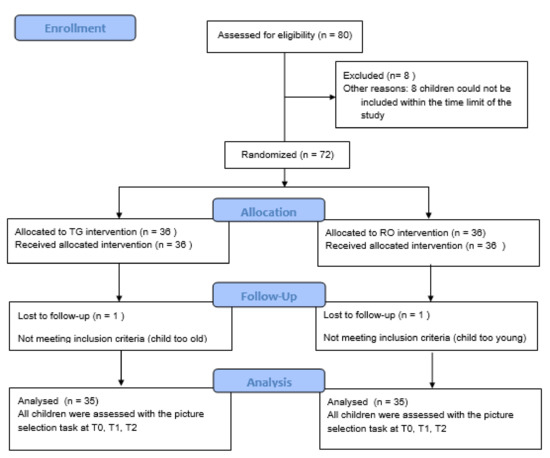

These sensor capacities could also be utilized to advance theory and practice. Finally, this review stresses that future research should consider developing a framework that would enable sensor data capacities to be aligned with the ethical, social, and generalizability guidelines. We also summarize the implications derived from the reviewed articles and frame them within four thematic areas. In particular, we identified the four main objectives (i.e., engagement of children, recognition/prediction of special needs/behavior, explaining/understanding the behavior/attitude, and learning performance/experiences) that the CCI research has been focusing on with sensor data. The results of the review depict the capabilities of sensing technologies for gauging children’s performance, engagement, and experiences (while interacting with technology) and the ongoing advances and implications that emerge from the employment of sensors to capture and improve child behavior. A search resulted in 44 papers that were included in the analysis.

This paper provides an overview of what and how sensing technologies have been used to explain, understand, and predict children’s experiences with interactive devices and technologies and in what contexts.

This study presents the outcomes of a systematic literature review of empirical evidence on the capabilities of sensing technologies for child–computer interaction (CCI).


 0 kommentar(er)
0 kommentar(er)
